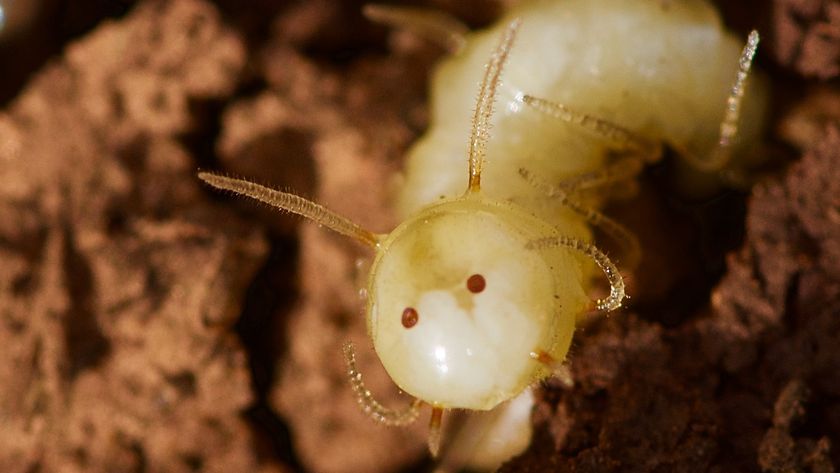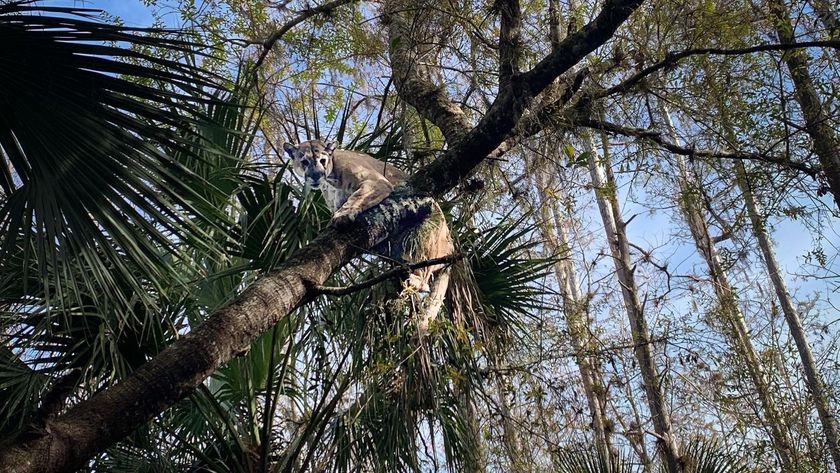Skin Shedders: A Gallery of Creatures That Molt
Molting Daphnia Magna
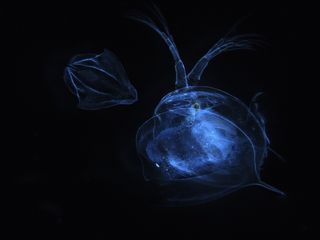
A water flea (Daphnia magna) undergoes molting. Like all crustaceans, this tiny creature must molt to grow.
Water Flea
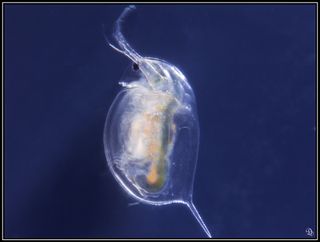
A water flea, part of the order Cladocera, is a small crustacean only a few millimeters long.
C. elegans
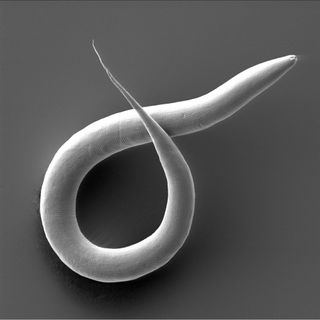
Caenorhabditis elegans, a nematode worm and one of the most-studied organisms in the lab. C. elegans moves through four larval stages, molting after each one.
Wall Lizard
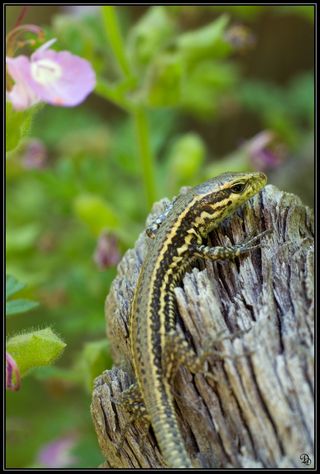
Like other lizards, the common wall lizard sheds its skin when it outgrows it.
Panther Chameleon
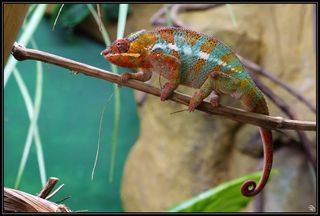
As this panther chameleon grows, it will slough off its old skin to reveal new skin beneath.
Mexican Red-Kneed Tarantula
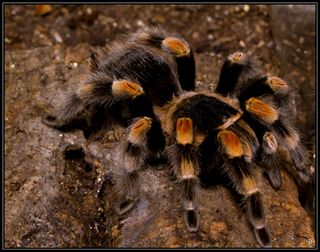
Tarantulas (and other spiders) must molt as they outgrow their exoskeletons. Freshly molted spiders are very soft and vulnerable until their new exoskeletons harden.
Mangrove Tree Crab
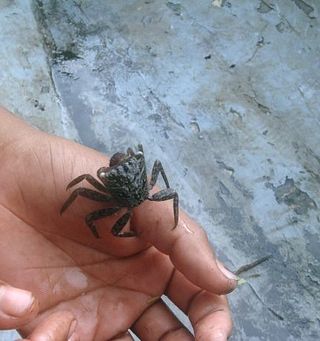
Crustaceans like this mangrove tree crab also molt to grow.
Sign up for the Live Science daily newsletter now
Get the world’s most fascinating discoveries delivered straight to your inbox.
Common Garter Snake
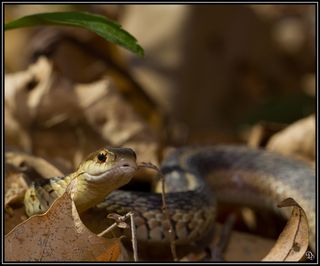
It's no secret that snakes shed their skin. Here, a common garter snake mugs for the camera.
Carolina Anole
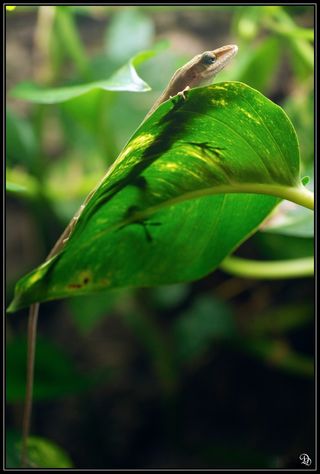
Another lizard molter, the Carolina Anole.
Amazon Milk Frogs
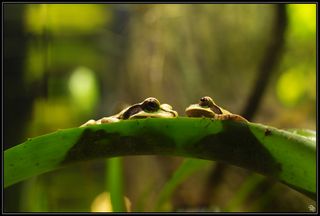
Amphibians, including these Amazon Milk Frogs, molt periodically. Many frog species eat the shed skin.
Agile Frog
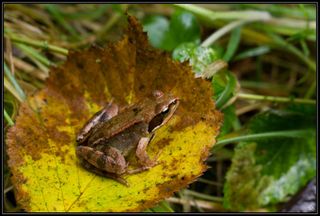
An agile frog perches on a leaf. Frogs can molt as often as every few days.

Stephanie Pappas is a contributing writer for Live Science, covering topics ranging from geoscience to archaeology to the human brain and behavior. She was previously a senior writer for Live Science but is now a freelancer based in Denver, Colorado, and regularly contributes to Scientific American and The Monitor, the monthly magazine of the American Psychological Association. Stephanie received a bachelor's degree in psychology from the University of South Carolina and a graduate certificate in science communication from the University of California, Santa Cruz.
Most Popular



